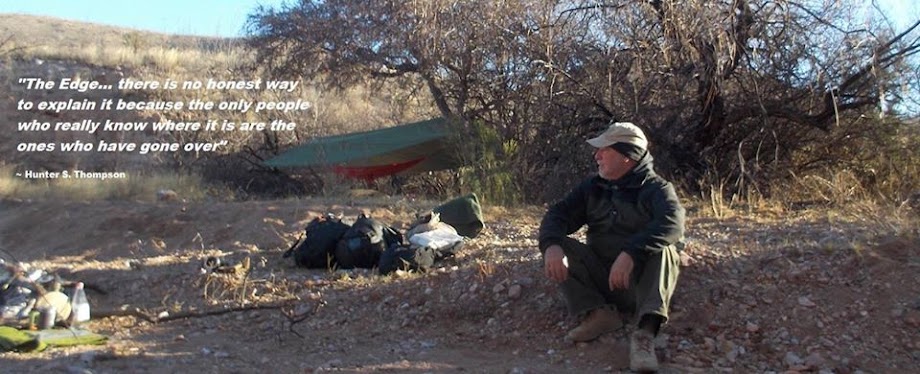Filipino martial arts:
Filipino martial artists are noted for their ability to fight with
weapons or empty hands interchangeably and their ability to turn
ordinary household items into lethal weapons. Weapons-training takes
precedence because they give an edge in real fights, gears students to
psychologically face armed opponents, and any object that can be picked
up can be used as a weapon using FMA techniques. Empty hands training is
then taught as the stick is merely an extension of the hand.
Another thing to note is that the Philippines is a
blade culture. The Southern Philippines with the
Moros were never really conquered by the Spaniards or the Americans; nor the
Northern mountains of Luzon with their feared
headhunter tribes
so they kept their weapons and their fighting skills. For the more
"civilized" provinces and the towns where citizens had been "disarmed",
bolos (a cutting tool similar to the
machete)
and other knife variants are still commonly used for general work
(farming in the provinces, chopping wood, coconuts, controlling
talahib (
sword grass),
which could grow higher than roofs if not cut, etc.) and of course, the
occasional bloody fight. Production of these weapons still survives and
there are a few who still make some. In the province of Aklan,
Talibongs are still being made in the remote areas.
Until the 80s,
balisong
knives were still commonly used in the streets of Manila as general
purpose pocket knives much like Swiss army knives or box cutters until
new laws on allowable kinds of knives made it illegal to carry them in
public without a permit or proof that it was a vital to one's livelihood
(e.g. Martial arts instructor, vendor). They're still openly sold in
their birthplace of
Batangas, in the streets of
Quiapo,
souvenir shops and martial arts stores, wielded by practitioners and of
course, street gangs. Thus, even when fighting systems were outlawed by
the Spaniards, Filipinos still maintained their centuries-old
relationships with blades and blade fighting techniques that survive
from ancient times and are still much alive as they have been adapted
and evolved to stay relevant and practical in
colonial and modern times.
What separates Filipino Martial Arts from other weapon-based martial arts like Japanese
Kendo &
Kenjutsu, European
Fencing
and traditional Chinese Martial arts that teach the usage of classical
Chinese weapons is that FMA teaches weapon use that is practical today:
how to use and deal with weapons that one can actually encounter in the
streets and how to turn ordinary items into improvised weapons. No one
walks around with
sabers,
katanas or
jians
anymore, but knives, machetes and clubs are still among commonly
encountered weapons on the street and in the field, thus making FMA very
practical and geared towards military and street fighting.
Traditional weaponry varies in design, size, weight, materials, and
the way these weapons are used. But because of similar techniques
Filipinos can use any object and turned into a weapon by a Filipino
martial artist as a
force multiplier.
Unarmed
- Mano Mano: (lit. hand to hand) Incorporates punches, kicks,
elbows, knees, headbutts, finger-strikes, locks, blocks, grappling and
disarming techniques
- Suntukan (also known as Pangamot in the Visayas and "Panantukan" in the USA): General term for hand-based & punching techniques
- Sikaran: Kicking techniques, also a kick-based separate art practiced in Rizal province
- Dumog: Filipino style of grappling. Practiced in Antique in Panay.
- Buno: Filipino style of wrestling.
- Bultong/Boltong: Native fighting arts with wrestling and slapping from the Igorot people of Northern Luzon
- Yaw-Yan or Sayaw ng Kamatayan: (Dance of Death) Yaw-Yan closely resembles Muay Thai,
but differs in the hip-torquing motion as well as the downward-cutting
nature of its kicks, and the emphasis on delivering attacks from long
range (while Muay Thai focuses more on clinching). The forearm strikes,
elbows, punches, dominating palms, and hand movements are empty-hand
translations of the bladed weapons. There are 12 "bolo punches" which
were patterned from Arnis.
Impact
- Baston / Olisi: Short sticks, traditionally crafted from rattan or kamagong
- Bangkaw / Tongat: Staff, rod or pole
- Dulo-Dulo: Palmstick
- Tameng: Shield
- Improvised weapons: pens, keychains, keys (push knife grip), umbrellas, rolled-up newspapers/magazines, walking sticks, etc.
Edged
- Daga/Cuchillo: Spanish for dagger or knife. Traditional varieties include the gunong, punyal and barung or barong
- Balisong: Foldable butterfly knife
- Karambit: Small blade shaped like a tiger claw
- Espada: Spanish for sword. Includes kampilan, ginunting, pinuti and talibong
- Itak: Bolo used by Tagalog people
- Kalis: Poison-bladed dagger, also known as kris
- Golok: Machete or broadsword used by tribes people
- Sibat: Spear
- Sundang: Single-edged thick short sword
- Lagaraw: Single-edged flexible long sword with a bent tip
Flexible
Projectile
- Pana: Bow and arrow
- Sibat: Spear
- Sumpit: Blowpipe
- Bagakay: Darts
- Tirador/Pintik/Saltik: Slingshot
- Kana (as in Indian Pana Kakana-kana/kakanain kita): Darts propelled by slingshots used by street gangsters
- Lantaka: kerosene-propelled bamboo cannon
- Luthang: gas-powered mini bamboo cannon


























































